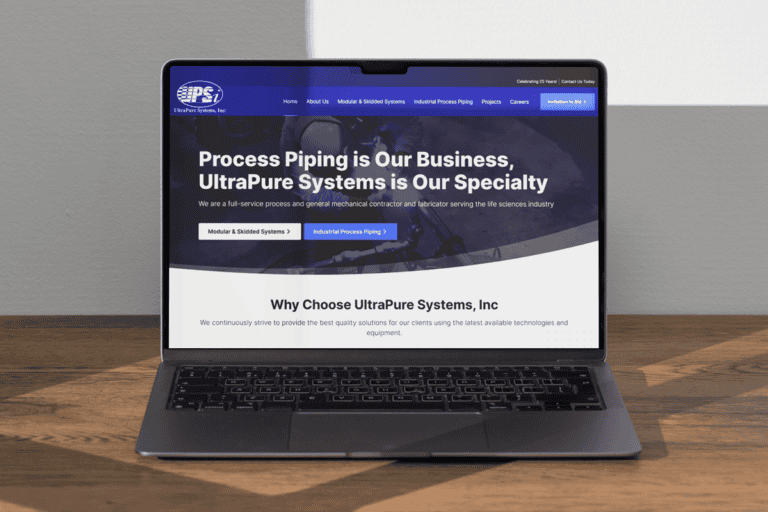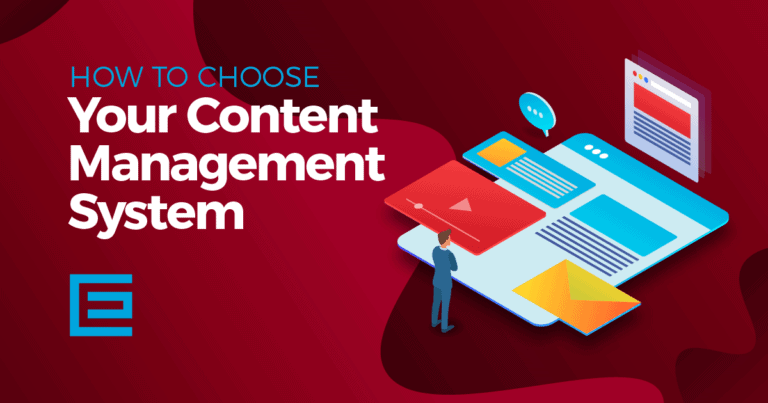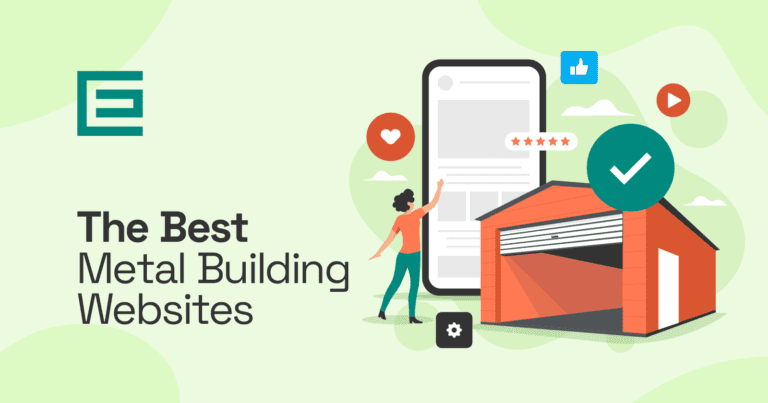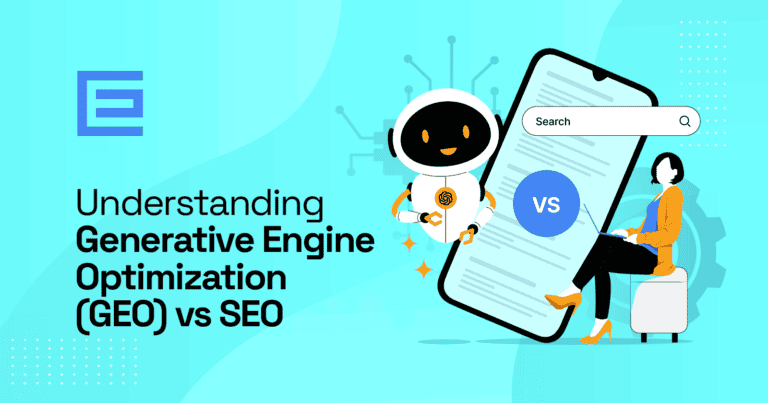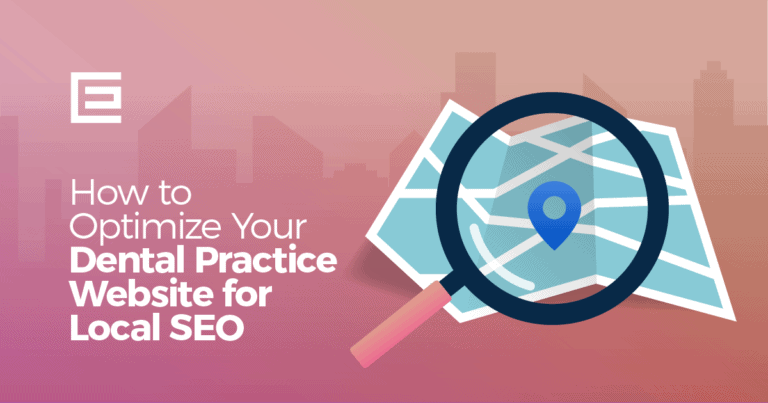In today’s digital world, having an inclusive, optimized, and enjoyable website experience is important for all businesses, non-profits, and content creators. While it may seem like ADA Compliance (Web Accessibility), Search Engine Optimization, and Web User Experience are three entirely different website features…they are all connected and vital for the success of your website.
Web Accessibility
Web accessibility or ADA Compliance means designing and building websites so all users, including those with disabilities, can navigate, understand, and interact with the content. Accessibility is key to an equal digital experience for everyone, from visually or hearing-impaired users to those with cognitive or motor challenges.
Standards like the Web Content Accessibility Guidelines (WCAG) outline the best practices for accessible web design. If followed these guidelines will ensure compliance with regulations like the Americans with Disabilities Act (ADA) in the US. But beyond legal compliance, accessibility builds a positive reputation and shows a brand’s commitment to inclusion.
See our ADA Checklist for more information about making your website accessible.
SEO: More Than Just Keywords
SEO is the practice of optimizing a website to rank higher in search engine results pages (SERPs). It involves keyword optimization, metadata, site structure, mobile responsiveness, and user-focused content. While the ultimate goal of SEO is to increase visibility and drive traffic, optimizing for search engines often results in a better user experience. Search engines like Google favor websites that are easy to navigate, fast to load, and relevant to users.
Interestingly SEO and accessibility overlap in several areas. Search engines “read” websites in a similar way to screen readers used by visually impaired users. So making a website accessible can also improve its SEO.
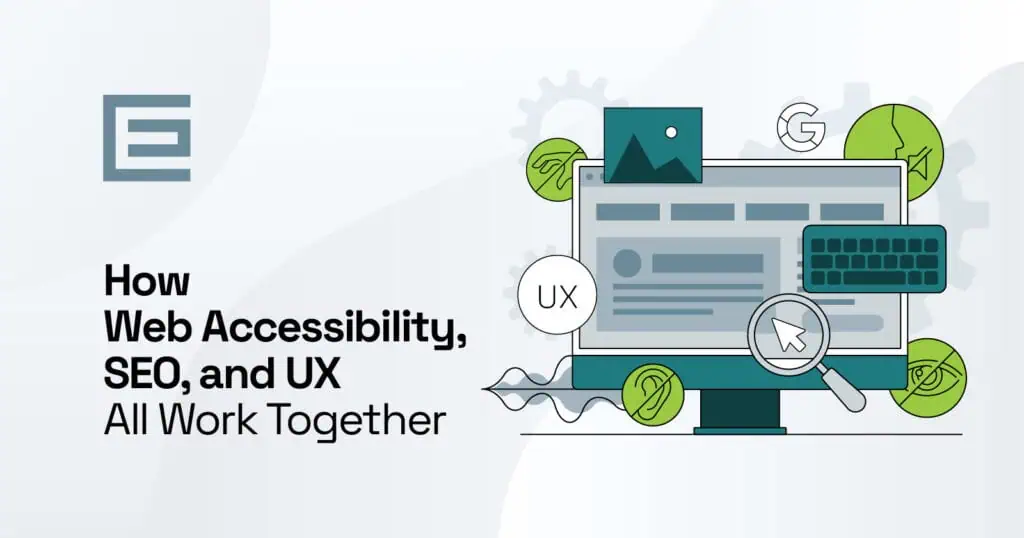
The User Experience (UX) Factor
User experience (UX) is all about the user’s interaction with a website or digital product. Good UX design is about providing a seamless, intuitive, and enjoyable experience for the user, so they spend more time on the site and engage with the content. A website with good UX is easy to navigate, informative, and tailored to its audience.
Bad UX can result in high bounce rates and low conversions, which impacts SEO rankings and overall user satisfaction. Good UX often aligns with accessibility and SEO as all three work towards a website that meets user expectations and needs.
The Web Accessibility, SEO, and UX Connection
- Improved Navigation and Structure
Accessible websites often have clear headings, logical content organization, and effective navigation – all key elements of good UX and SEO. These elements help screen readers, search engines and users understand the structure and context of the content. For example, using descriptive headings (H1, H2, etc) to separate sections improves readability, helps users find information faster, and allows search engines to categorize content better.
- Text Alternatives and Metadata
Adding alt text to images is essential for accessibility and SEO. Alt text descriptions help visually impaired users understand the image’s context, search engines use this metadata to determine relevance. Providing closed captions for videos benefits both accessibility and SEO by making content more discoverable in search results.
- Mobile-Friendly and Responsive Design
A responsive website design adjusts to fit various screen sizes, providing a seamless experience for users on both desktop and mobile devices. Responsive design is a requirement for accessibility, especially for users with disabilities who may access sites through different devices. Search engines like Google favor mobile-friendly sites in their rankings, so responsive design is important for both SEO and UX.
- Faster Load Times
Optimizing load times benefits accessibility, UX, and SEO. A slow website can hinder navigation for users with disabilities and frustrate all users in general, resulting in higher bounce rates. Search engines also consider site speed as a ranking factor. Compressing images, minifying cod,e and reducing server response times can improve load speed, and benefits accessibility, UX, and SEO.
- Semantic HTML for Better Understanding
Semantic HTML (using , , , tags) helps screen readers to understand the page structure and benefits SEO by allowing search engines to categorize content better and UX by creating a logical page structure that’s easier for users to navigate.
Why Investing in Accessibility Benefits SEO and UX
Accessibility not only expands your audience but also your site’s overall SEO and UX. Making a website accessible attracts a larger audience, many of whom may benefit from features like subtitles, alt text, or keyboard navigation even if they don’t face traditional accessibility challenges. Search engines reward accessible sites with better rankings and users prefer websites that offer intuitive barrier-free experiences.
In short, accessibility gets you more people, SEO gets you discovered and UX gets people to stay and engage. Together they build a solid foundation for online success.
Get Accessibility, SEO, and UX for Your Website
Accessibility, SEO, and UX are not just a best practice but a requirement for an inclusive high-performing website. With WCAG as your guide, your business or organization can make a difference and reach more people. By adopting this holistic approach you’re investing in a future-proof user-centric website that will continue to work for years to come.
Ready to transform your website into a high-performing, accessible platform that both users and search engines love? Reach out to our solution consultants at 919-341-8901 to get your free comprehensive audit covering accessibility, SEO, and user experience. Contact us today to unlock your website’s full potential and reach more customers than ever before.
Tags: Our Favorites
